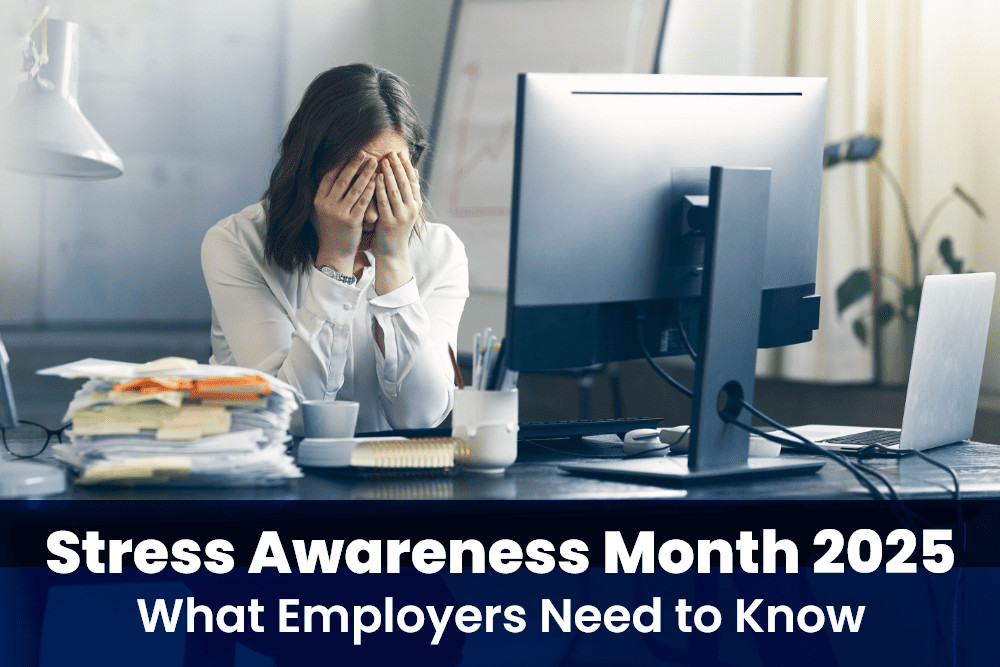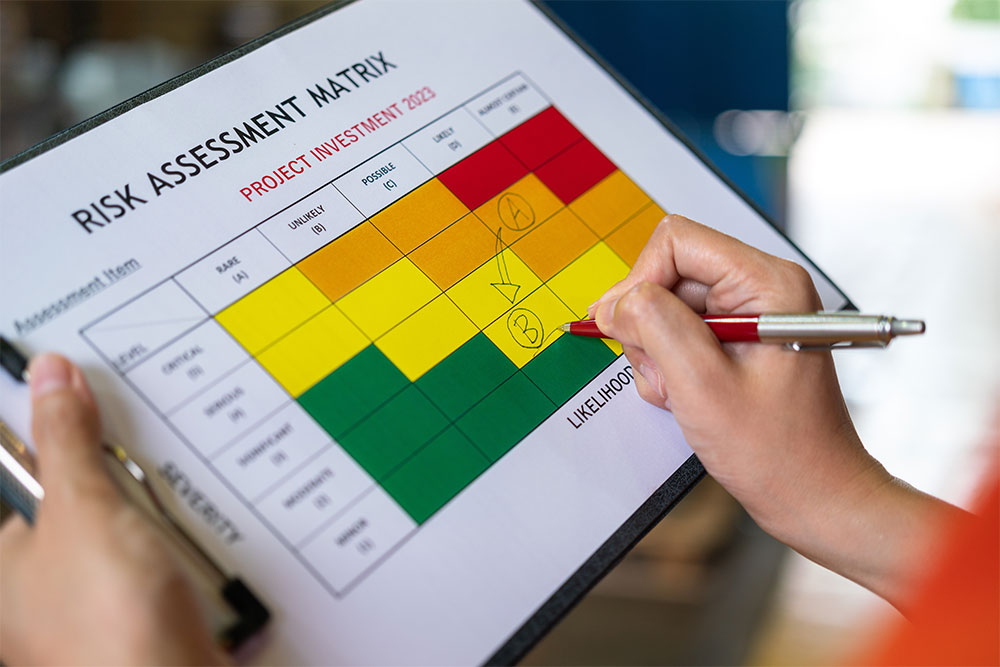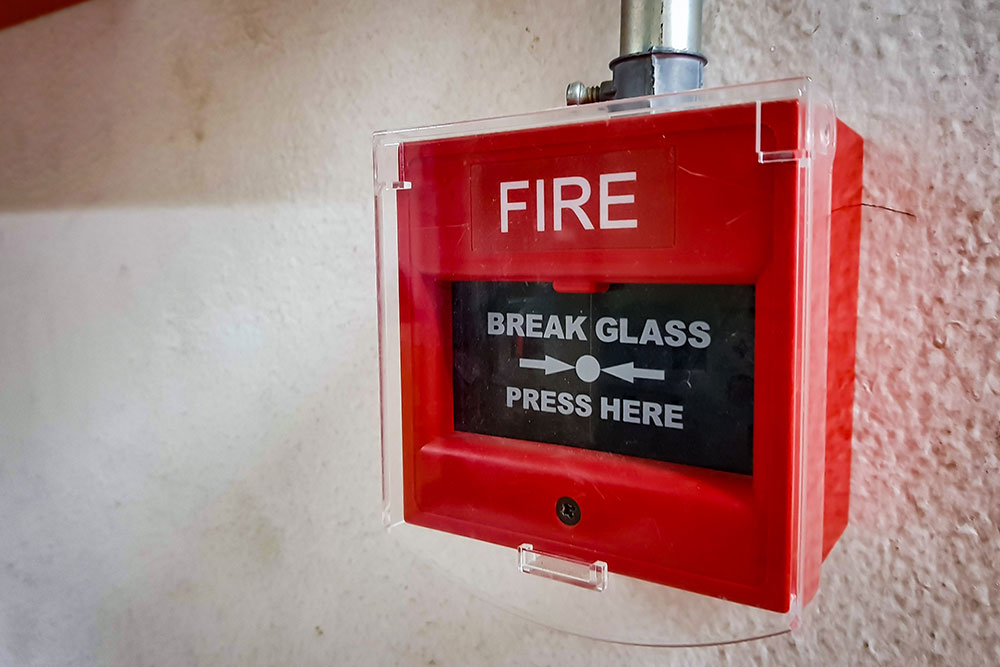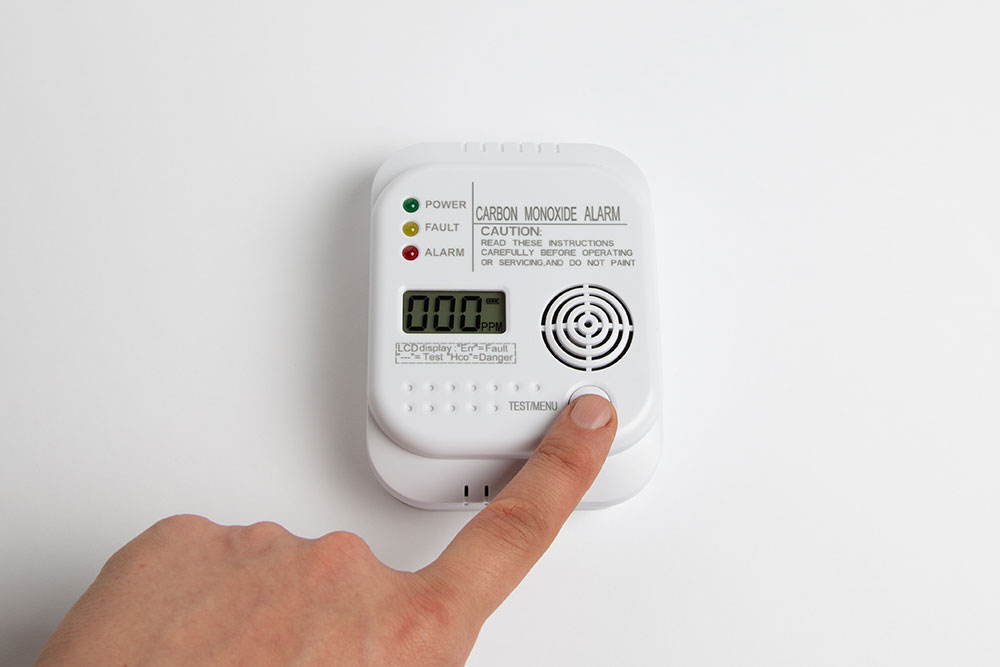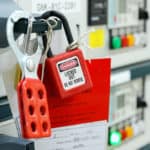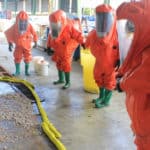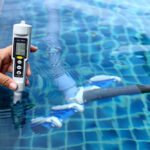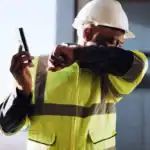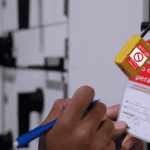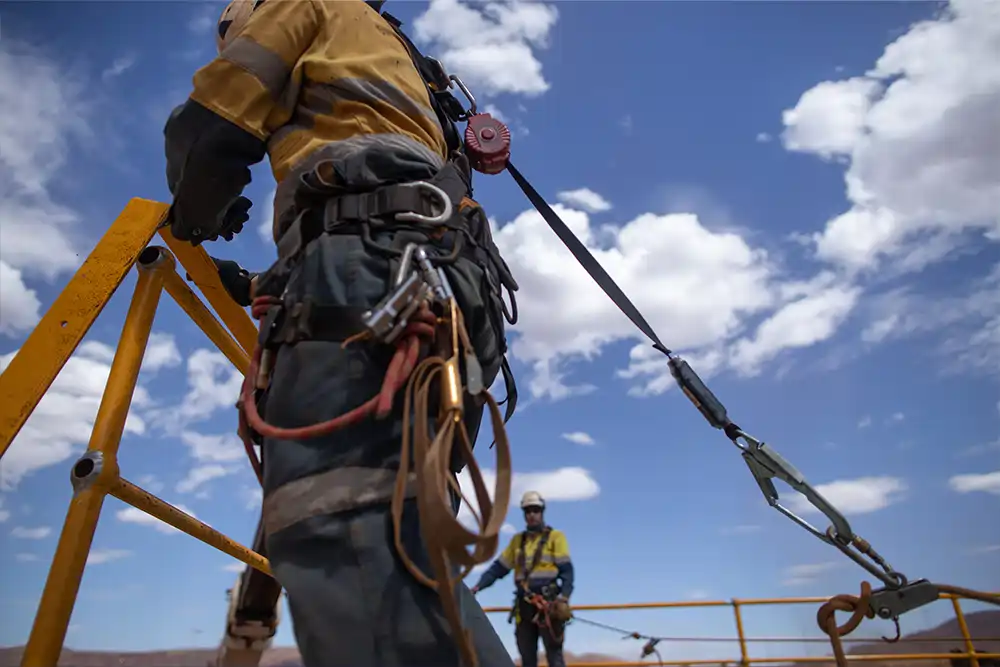
Falls are a leading cause of workplace fatalities and serious injuries. If you’re an employer, you are legally responsible for keeping your people safe when they’re working at height.
By law, you must first avoid work at height wherever possible. But if this isn’t practical, you must take steps to prevent falls or minimise the consequences.
That’s where fall restraint and fall arrest systems come in.
This guide explains both approaches and how to make a decision when weighing fall restraint vs fall arrest systems for safe work at height.
Key Takeaways: Fall Restraint vs Fall Arrest
- Follow the hierarchy of controls: avoid work at height first; if not, prevent a fall; if not, minimise distance and harm.
- In the fall restraint vs fall arrest choice, use restraint first because it’s designed to prevent falls. Fall arrest systems reduce the consequences of a fall, so should only be used where fall restraint isn’t practical.
What Is Fall Restraint?
Fall restraint systems are designed to stop a worker from physically reaching a fall hazard. A basic system includes a full body harness, a restraint lanyard (fixed or adjustable) and a suitable anchor point.
The harness and lanyard restrict movement so the worker cannot walk far enough to reach an edge, so there’s no risk of a fall.
What Is Fall Arrest?
Fall arrest systems don’t prevent falls but rather slow them down to reduce the risk of injury. They’re used when workers must go to or beyond an edge, or a fall arrest system isn’t practical.
A standard fall arrest setup consists of a full-body harness, an energy-absorbing lanyard or fall arrest block, and a suitable anchor point that can support the wearer’s full weight.
These parts work together to stop the fall and reduce the force on the wearer’s body, preventing any major injuries.
Fall Protection Training
This IIRSM-approved online course provides an essential awareness of fall protection measures and methods, as well as duties under the Work at Height Regulations. Equip teams with practical knowledge that reduces fall risks and improves safety on-site.
The Law on Fall Restraint vs Fall Arrest
The Work at Height Regulations (WAHR) 2005 apply to all work where a person could fall and be injured. It doesn’t matter how short the distance. Even falls from low levels can be fatal.
WAHR requires you to plan and organise work properly, assess risks and implement appropriate control measures, such as fall restraint or fall arrest systems, to mitigate the risk of injury.
Control measures must be applied in a strict order according to the hierarchy of control:
- Avoid work at height wherever possible. Use methods or equipment that allow the task to be done from the ground.
- If work at height cannot be avoided, prevent falls by using collective protection, such as guardrails, platforms or scaffolding.
- If collective protection isn’t practical, prevent falls by using personal protection, such as fall restraint systems.
- If falls cannot be prevented, minimise the distance and/or consequences with collective protection, such as safety nets or soft landing systems.
- If collective protection isn’t practical, minimise the distance and/or consequences of a fall with personal protection, such as fall arrest systems.
Schedule 5 of the Work at Height Regulations sets out requirements for personal fall protection systems, including both restraint and arrest. It states these must be suitable, implemented correctly and can only be used when an emergency rescue plan is in place.
Fall Restraint vs Fall Arrest: Why Restraint Comes First
Following the hierarchy of controls, you must consider fall restraint systems before fall arrest systems.
Restraint is safer because:
- It prevents a fall from happening in the first place
- It prevents the shock and injury risk of being “caught” by a fall arrest system
- It reduces reliance on rescue planning, though planning is still required
Arrest is only acceptable if restraint is not practical.
Deciding When to Use Each System
Fall restraint is suitable when the work area allows you to fix the worker’s position away from the edge, for example, during flat roof maintenance.
Fall arrest is needed where restraint is not practical. For example, during telecommunications tower maintenance, workers must climb and move freely up and down the structure. A restraint system would stop them from reaching the work area.
However, the final decision depends on your risk assessment. As required by WAHR, all work at height must be fully risk assessed by a competent person. Based on the findings, you can then determine which control measure is the safest possible, following the hierarchy of control.
Quick Checklist
When planning a task:
- Can you avoid working at height? If yes, avoid.
- If not, can you prevent falls with collective protection? If yes, use those.
- If not, can you use personal restraint systems to stop workers from reaching the edge? If yes, use restraint.
- If you can’t use restraint, use collective systems to reduce the distance and/or consequences of a fall.
- If none of the above, and you have clearance and a rescue plan, then use fall arrest systems.
Other Essential Considerations
Rescue Planning
If you use fall arrest, you must have a rescue plan in place. A worker left hanging in a harness can suffer suspension trauma, which can cause unconsciousness within minutes.
The law does not allow you to rely on emergency services. You need a written plan, trained rescuers on site and regular practice drills to ensure that anyone who falls can be recovered quickly and safely.
Anchor Point
Anchor points are needed for both fall restraint and fall arrest systems. They must be strong enough and suitable for the system and task.
Use permanent anchors for places where work at height happens regularly, such as roofs. For short-term or one-off tasks, you can use temporary anchors designed for fall protection and installed by competent people.
Never attach equipment to anything not designed as an anchor, such as handrails or service pipes.
For detailed requirements, see BS EN 795:2012 – Personal fall protection equipment: Anchor devices.
Inspection & Maintenance
According to Health and Safety Executive guidance INDG367, you must inspect fall protection equipment before use, at regular intervals and after any incident that could affect safety.
Each user should also carry out a pre-use check to look for cuts, wear, loose stitching or damage before starting work.
A competent person must carry out a detailed inspection at least every six months, and every three months if the equipment is used in harsh conditions. These inspections must be recorded in writing and kept on file for review.
The Role of Training
Safe systems only work if people know how to use them. Our online training course explains when to use restraint and when arrest is the only option. It covers requirements for setting the lanyard length, choosing suitable anchors and checking equipment before use.
The course strengthens compliance with the Work at Height Regulations and reduces the risk of a serious fall in your workplace.

